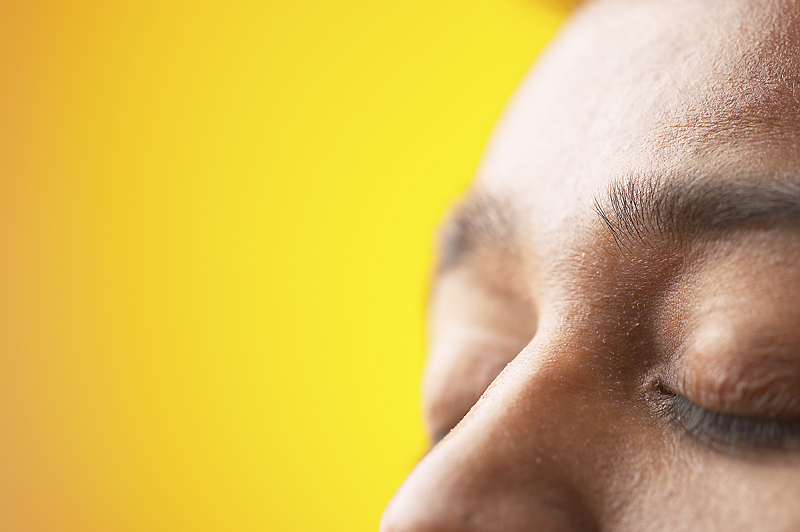
TUESDAY, May 10 (HealthDay News) — About 14 percent of strokes happen while people are sleeping, lowering the chance that they’ll be able to get to the hospital in time for a potentially brain-saving treatment, a new study suggests.
“Because the only treatment for ischemic stroke must be given within a few hours after the first symptoms begin, people who wake up with stroke symptoms often can’t receive the treatment since we can’t determine when the symptoms started,” Dr. Jason Mackey, of the University of Cincinnati and a study co-author, said in a news release from the American Academy of Neurology. “Imaging studies are being conducted now to help us develop better methods to identify which people are most likely to benefit from the treatment, even if symptoms started during the night.”
In the study, published in the May 10 issue of Neurology, researchers examined the medical records of 1,854 adults who suffered from ischemic strokes in a one-year period and were treated at emergency rooms in the Cincinnati area. Ischemic stroke is caused by blocked blood flow in the brain, usually because of a clot.
In 14 percent of the cases, people woke up with symptoms of a stroke. Nationwide, that would account for 58,000 people who visit emergency rooms with stroke systems annually, the study authors pointed out.
Of 273 people who had so-called “wake-up strokes,” at least 98 would have been eligible for treatment with a blood clot-busting drug called tPA if doctors had known when the stroke had begun, the study reported.
“If a stroke started more than a few hours ago, tPA is not indicated because it can cause bleeding that will extend and enlarge the stroke,” explained Dr. Byron K. Lee, associate professor of medicine and director of the Electrophysiology Laboratories and Clinics at the University of California, San Francisco. “In wake-up strokes, it’s nearly impossible to know when the symptoms started [so] tPA is not an option and, therefore, the neurologic deficits have a higher chance of becoming permanent.”
If you wake up feeling strange symptoms, Lee said, don’t sit around. “People should not wait for any new neurologic deficits in the morning to pass or go away as they become less groggy,” he said. “They should seek medical attention immediately. Even though tPA may not be an option in wake-up strokes, there are many other treatments that can be given in an emergency room or hospital.”
According to the National Stroke Association, symptoms of a stroke include:
- Sudden paralysis or weakness in the face or limbs, especially on one side of the body
- Sudden problems with balance or walking
- Sudden vision problems
- Slurred speech
- Sudden confusion or problems speaking or understanding simple statements
- Sudden severe headache with no apparent cause
Stroke experts offer a simple way to help people remember what to look for if they think they are witnessing a stroke: Think FAST (Face, Arms, Speech, Time):
- Face: See if the person is able to smile, or if one side of their face seems to droop.
- Arms: Can the person raise both arms, or does one side drift downward?
- Speech: See if the person is able to speak clearly or repeat a simple phrase.
- Time: Call 9-1-1 immediately if the person exhibits any of these signs.
More information
For more about the signs of stroke, visit the U.S. National Institutes of Health.

